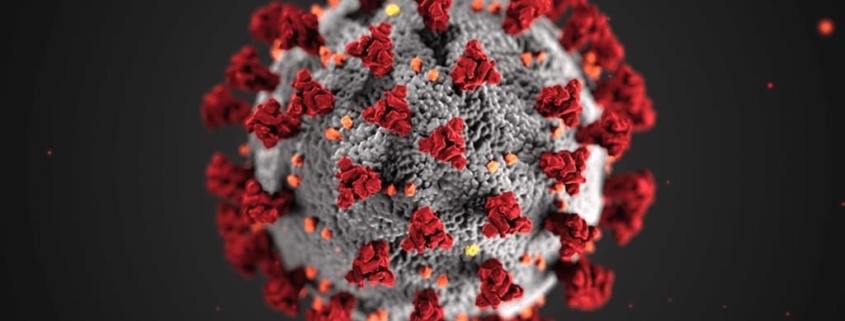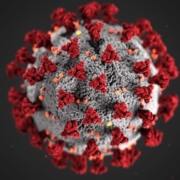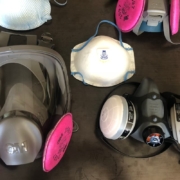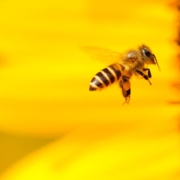EPA Authorizes Emergency Exemptions for Residual Antiviral Surface Coating for Oklahoma and Arkansas
This original announcement was published by the EPA on January 21, 2021. Click here for more information.
Today, EPA announced emergency exemptions for the states of Oklahoma and Arkansas allowing them to permit the use of SurfaceWise2, a residual antiviral surface coating, in American Airlines airport facilities and planes. SurfaceWise2 is already in use in American Airlines airport facilities and planes in certain locations in Texas under a previous EPA emergency exemption.
EPA has also revised the terms of use for SurfaceWise2 for all emergency exemptions. EPA’s initial emergency exemptions specified that the product remained effective for seven days. According to its updated labels, SurfaceWise2 provides residual surface control of the coronavirus SARS-CoV-2 on surfaces that are undisturbed for up to 30 days. However, SurfaceWise2 should be reapplied every time surfaces are disinfected to ensure continuous product performance. Exposure to prolonged wetness may adversely impact the efficacy of the product.
SurfaceWise2 is meant to inactivate viruses that land on a surface between regular cleanings. This product is not a replacement for routine cleaning and disinfection with products from EPA’s List N: Disinfectants for Use Against SARS-CoV-2, the virus that causes COVID-19. EPA recommends that facilities continue to follow the cleaning and disinfection recommendations from the Centers for Disease Control and Prevention (CDC).
Use of this product does not eliminate the need for critical precautions like mask wearing, social distancing, and ventilation. Always follow CDC, state and local public health guidelines. Please note that according to the CDC, while “it may be possible that a person can get COVID-19 by touching a surface or object that has the virus on it and then touching their own mouth, nose, or possibly their eyes,” the virus is thought to spread mainly through close contact between individuals.
For more information, see EPA’s website.






